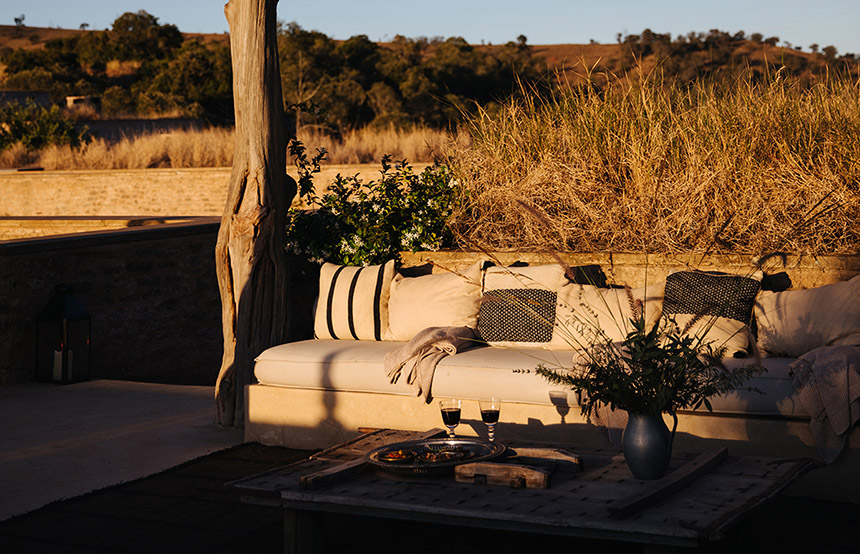
Published 8th Sep. 2023
Reading time
At Original Travel, we’re not afraid to go against the grain. In fact, we actively seek it, which is why we’re championing low season in Kenya (which falls from April to June). We know it’s the country’s rainy period and are well aware that its wildlife watching opportunities aren’t quite as good as say January or February, but what wet season offers that no other season does is simply unparalleled. Forget queues into national parks and time limits on sightings, during this crowd-free season you get savannah solitude at its finest. Couple that with lower rates on luxury camps and prime photography spots, both of which should come with pretty good chances of guest appearances from wandering impalas and waterbucks. And the weather, you ask? Well, if you’re not afraid of a few short and sharp early evening showers, you should be right as rain.
If you Google low season in Kenya, the majority of results will probably tell you to avoid it – but not us. Because if you do a Met Office style overview of Kenya’s weather from early April to early June, you’ll find that rainfall is usually contained to late afternoons and evenings (which shouldn’t be an issue for us well weathered Brits). When it does fall, it’s usually in the form of short sharp showers – hardly enough to dampen days out on game drives or relaxing in luxury bush camps – and temperatures rarely drop below 26-28°C during the day. Come nightfall they do fall to 13-15°C, but if you’re not quite ready to bid farewell to your new season winter coat, then you couldn’t have picked a better time.
We won’t beat around the bush; wildlife spotting isn’t as good during low season. It can’t be. The increased rainfall means grassland becomes denser, forests get thicker and baobab trees turn greener than green can be. But what low season in Kenya lacks in wildlife it more than makes up for in photography opportunities. Imagine scenes of pea green shrubbery pockmarked by the head of a peeping hippo or zebra, cast against the backdrop of striking stratus clouds that become increasingly so after the sun slips beneath the horizon. Your camera lens won’t know what’s hit it. Low season in Kenya isn’t totally devoid of wildlife though. Thanks to their predatorial nature, lions, leopards and spotted hyenas can pretty much always be spotted in the Maasai Mara; while for the country’s resident herbivores, it’s all about birthing season, so expect lots of shots of wobbly legged zebras and giraffes in your camera roll.
You’ll never have heard silence quite so loud on a low season Kenya holiday. Thanks to the internet’s apathy towards the season, you’ll have the place pretty much to yourself. Instead of having just 20 or 30 minutes per sighting on safari in its private conservancies, plus dozens of other 4x4s trying to muscle in on the action, you’ll be treated to a private show of Kenya’s sweeping savannahs and national parks with no time limit. Fewer people also mean more opportunity to get the very best treatment. Think: a private vehicle with your name on it, at no extra charge .
Kenyan safaris incite images of sundowners on sun drenched decks and once in a lifetime sightings of some of the most magnificent animals on earth; but they come at a price. And usually quite a high one. But in low season, it’s the opposite. International flights are lower (even during the Easter holidays), luxury camps drop their prices (some up to 40%) and day trips and activities come significantly reduced. That being said, you will find you have less choice of camps (as many choose to close in low and shoulder seasons). But luckily we have the very best safari experts on our team who know low season Kenya like the back of their hands, so we’re thinking you won’t notice too much.
Written by Naomi Pike | Image by Olivier Romano
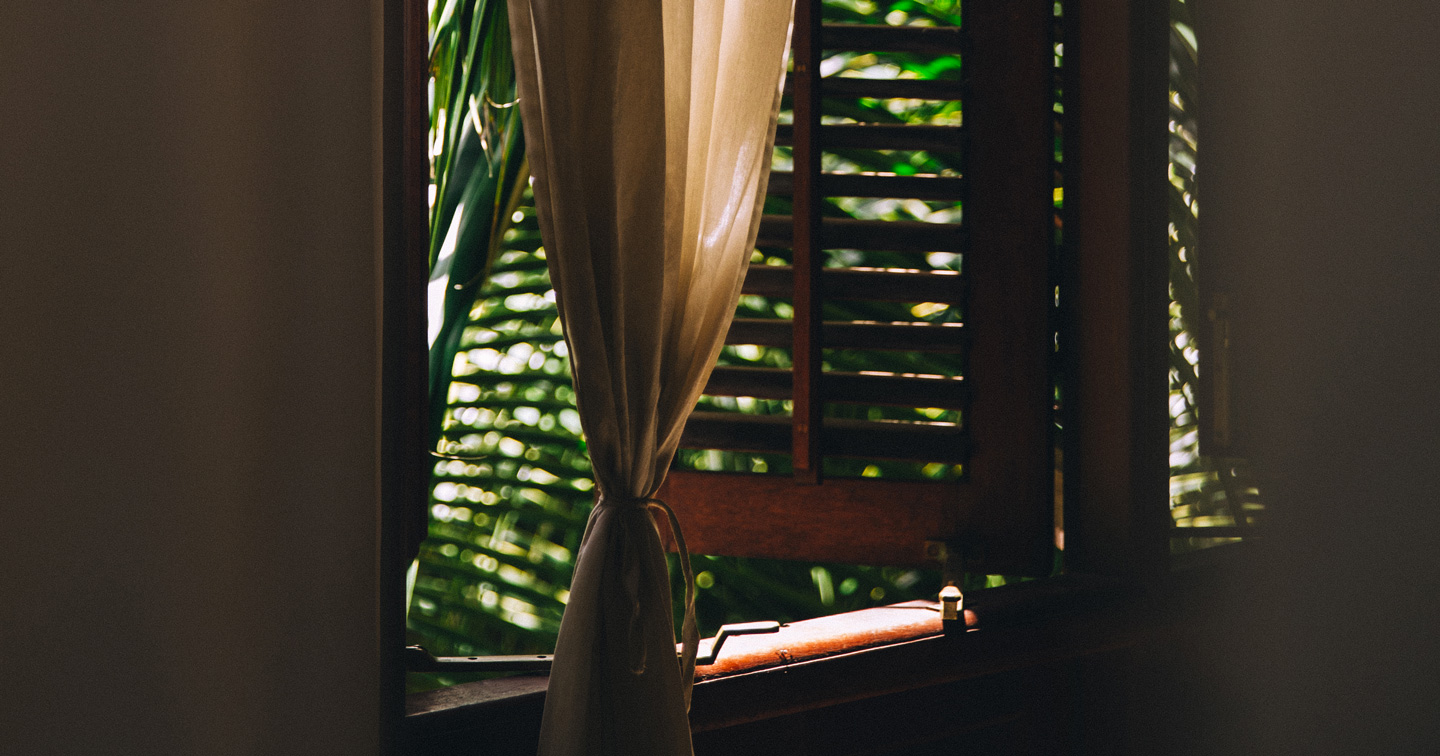
Using firsthand knowledge to tailor your trip to Kenya, our team focus on providing an experience that positively impacts communities, away from the tourist trail. We know the best places to learn first-hand about the Maasai culture, which lodges best cater to families and the most romantic sundowner spots in the Serengeti for your honeymoon. And when it comes to spotting everything from the Big Five to the Tiny Five and even the Ugly Five, our intel is invaluable. Our in-country Concierge is brimming with knowledge and can suggest experiences and restaurants that match your interests, no matter how obscure.
ENQUIRE NOWPractical advice and inspiration for your next trip
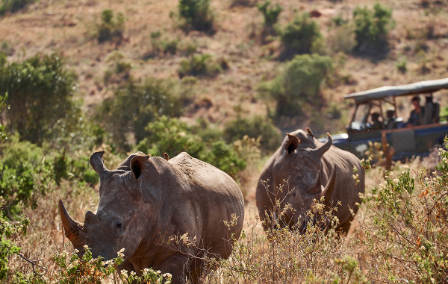
Big changes are on the horizon for Kenya safaris, particularly in the Maasai Mara Reserve. But fear not, we think this is for the best. From reducing visitor numbers to pausing new lodge developments, these improvements will prevent overcrowding and enhance the Mara’s exclusivity. With landscapes as varied as its wildlife, it’s no wonder Kenya holidays are synonymous with safari adventures, and these changes will make them all the more special.
6th August 2025 - Kenya Travel Inspiration
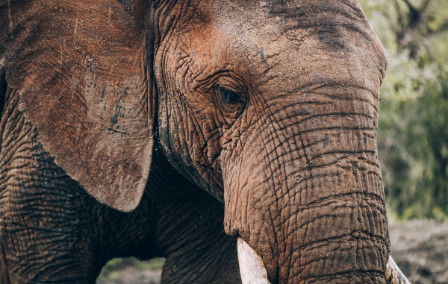
Deep in Kenya’s Namunyak Conservancy is where you’ll find the Reteti Elephant Sanctuary. Founded in 2017, the Samburu community-owned sanctuary has quickly established itself as a widely recognised and expanding grassroots movement with plenty of success stories. Our Africa specialist, Jamie, had the opportunity to witness their work first-hand and came back so impressed that she believes every trip to the northern reaches of Kenya should feature a visit to Reteti from now on.
12th June 2024 - Kenya Conservation
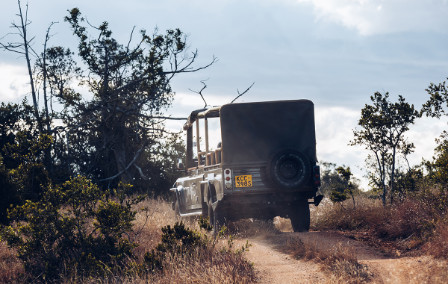
Kenya is renowned for having some of Africa’s most sensational safari experiences, something our Africa specialist Jamie can confidently vouch for. On a recent trip to this colourful country, she sampled game drives while staying in luxury camps, visited community-founded elephant sanctuaries and immersed herself in the Maasai culture. Whether you’re a seasoned wildlife spotter or new to the world of safaris, read on to discover Jamie’s top tips for an enriching trip to Kenya.
18th April 2024 - Kenya Travel Tips

Our team of destination experts will get to know you and your unique requirements for your holiday

We work with you to build an ultra-personalised holiday itinerary with your choice of accommodation, experiences and activities

All of our holidays include little extras designed to make a big difference to your trip, from fast-tracking you through airport check-in and security to our network of local Concierges